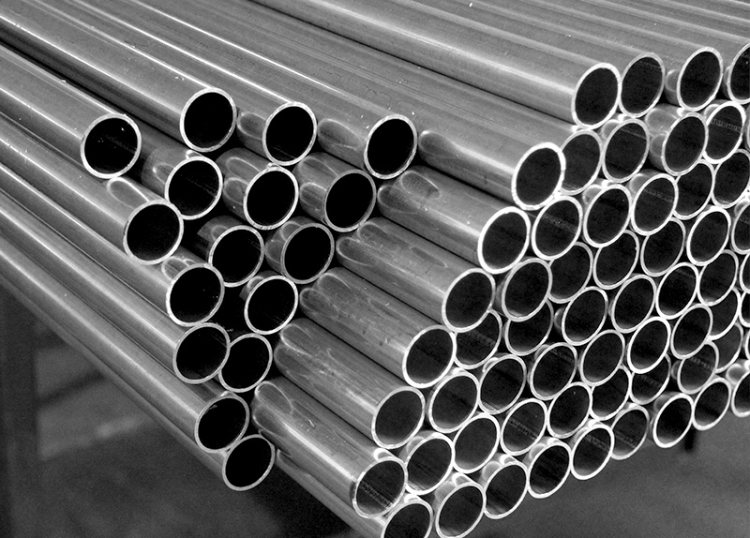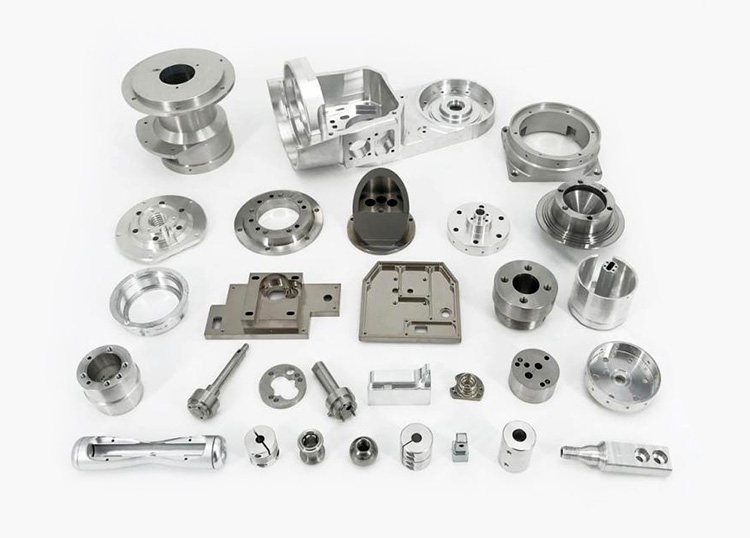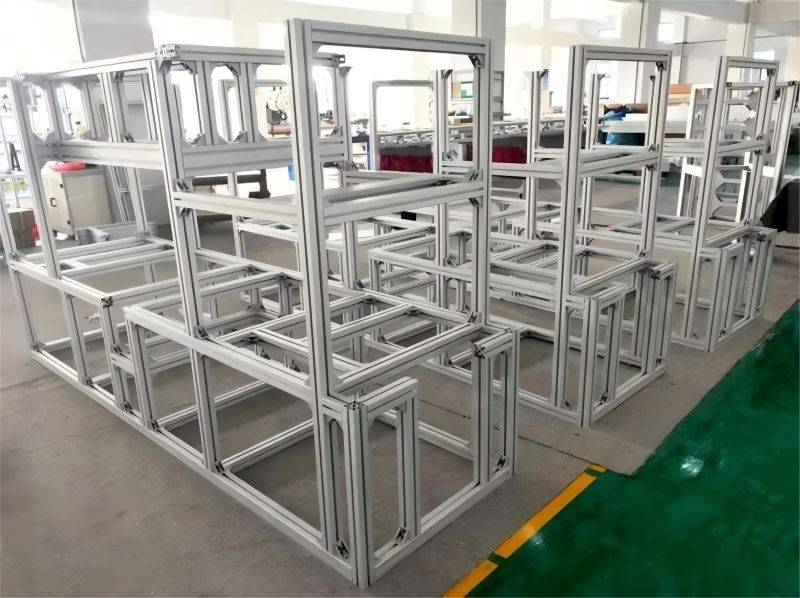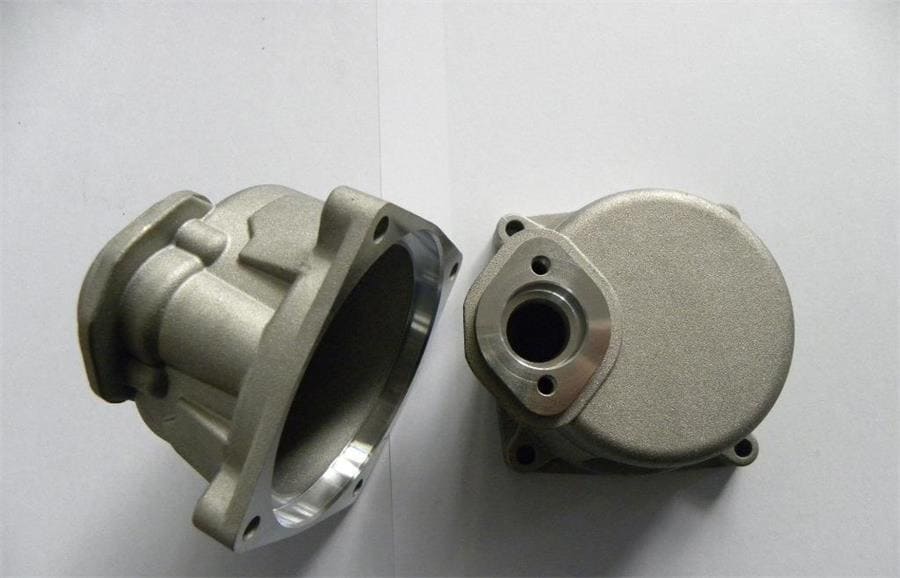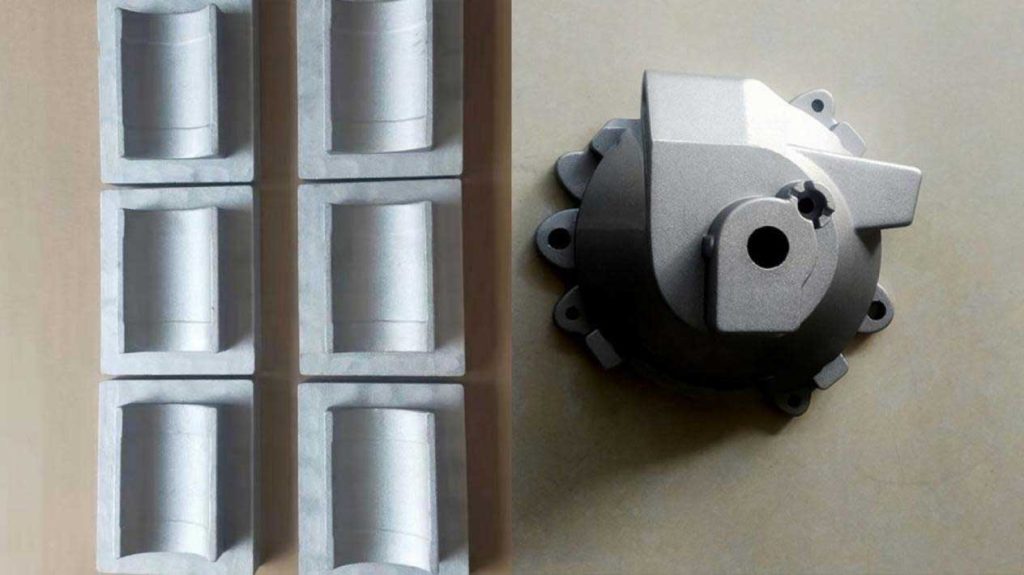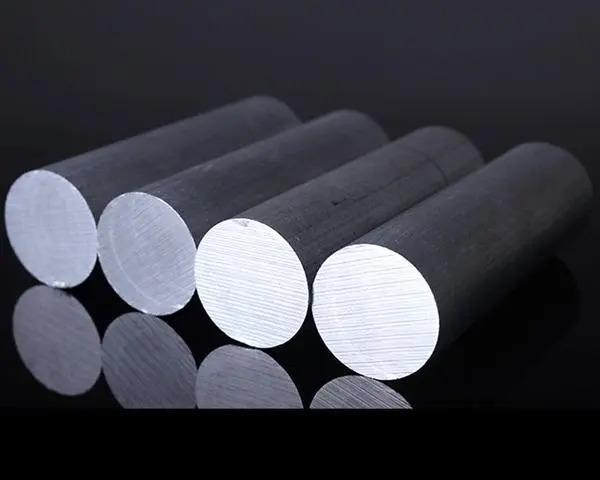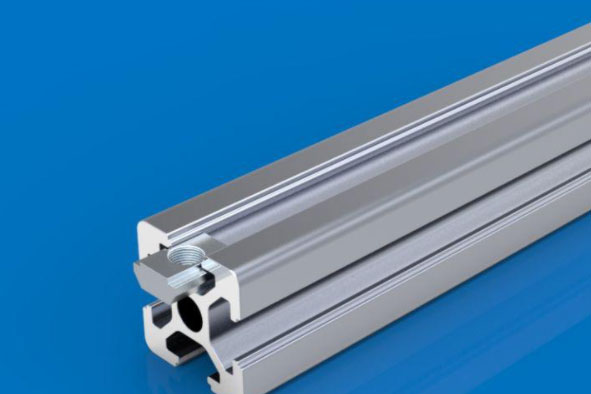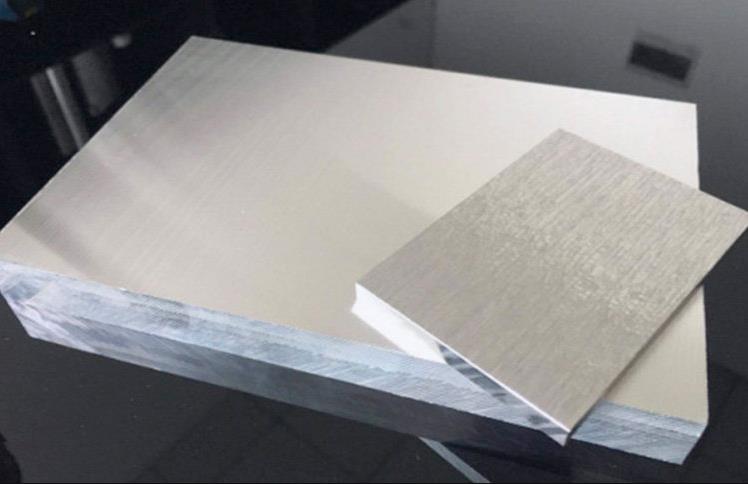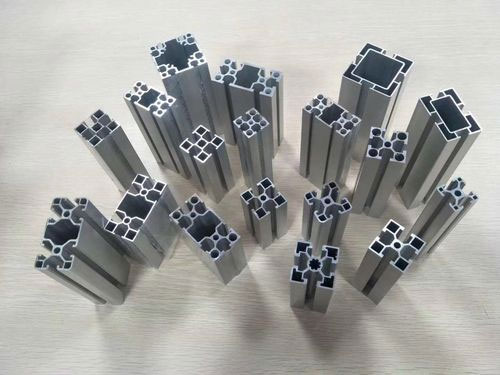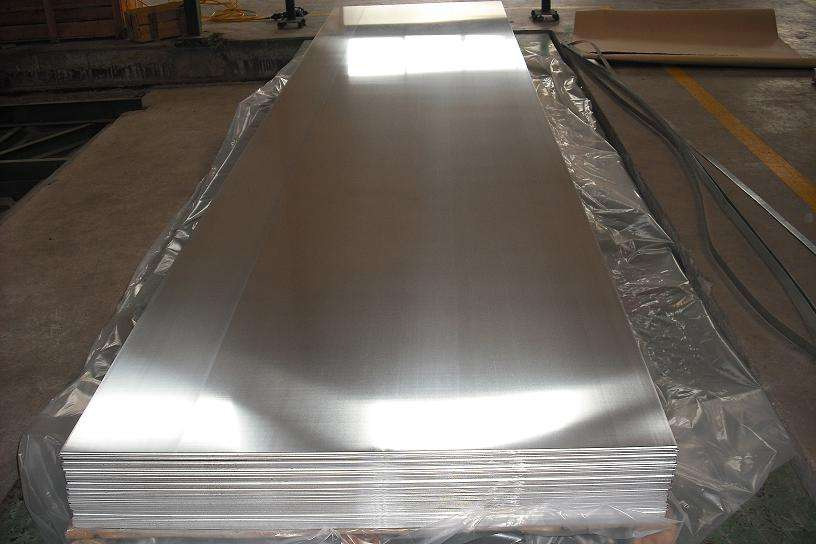Aluminum is a soft and lightweight metal. Since it is exposed to the air to quickly form a thin layer of the oxide layer, it has a dull silver appearance. Aluminum is non-toxic (like metal), no magnetic and does not generate sparks.
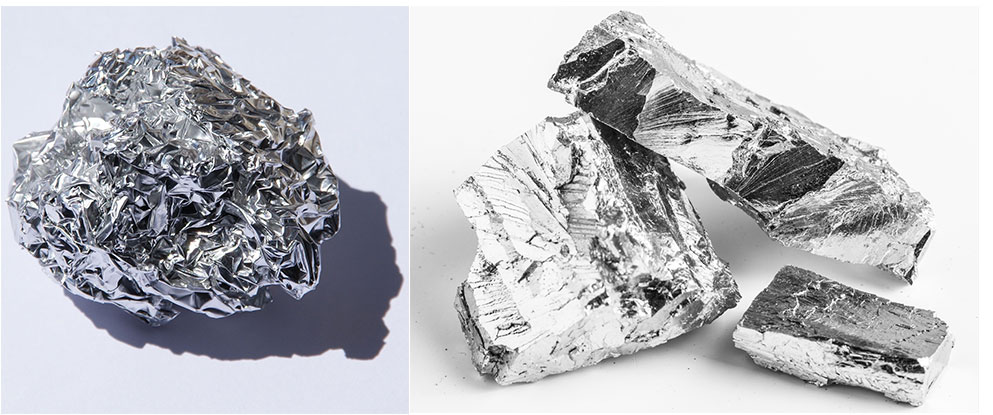
Aluminum is used in many industries for manufacturing millions of different products, and is a very important role in the world economy. By utilizing various combinations of its dominant characteristics, such as strength, lightweight, corrosion resistance, recoverability and moldability, aluminum is used in increasing applications. This range of products ranges from structural materials to thin packaging foil. More about aluminum applications, you can view this article: Something You Don’t Know About Aluminium Tube
Physical Properties of Aluminum
What are the physical properties of aluminum? Physical properties are typically characteristic that can be observed by our sensory, such as color, density, hardness, corrosion resistance, thermal conductivity, conductivity, etc. The physical properties of aluminum are as follows:
| Properties | Description |
| Colour | Aluminum is an odorless silver white metal. |
| Density | The density of aluminum is about one-third of steel or copper, making it one of the lightest commercial metals. |
| Strength | Pure aluminum tensile strength is not high. However, alloying elements such as manganese, silicon, copper and magnesium can increase the strength of aluminum and produce an alloy having properties suitable for a particular application. Aluminum is very suitable for cold environments. Compared to steel, its advantage is that its tensile strength increases with the temperature reduction while maintaining its toughness. On the other hand, steel is brittle at low temperatures. |
| Corrosion resistance | When exposed to air, the surface of the aluminum is almost immediately formed of alumina. This layer has excellent corrosion resistance. It has considerable resistance to most acids, but the resistance to the base is poor. |
| Thermal Conductivity | Aluminum thermal conductivity is approximately three times that of steel. This causes aluminum to become an important material for cooling and heating applications (such as heat exchangers). Coupled with its non-toxic, this feature means that aluminum is widely used in cookware and kitchenware. |
| Conductivity | Aluminum has sufficiently high conductivity and can be used as electrical conductors. |
| Reflectivity | From UV to infrared, aluminum is an excellent radiant energy reflector. The same characteristics of reflectance make aluminum a thermal insulation material, which prevents sunlight in summer while preventing heat loss in winter. |
Chemical Properties of Aluminum
Chemical properties refer to that the substance is reacted with other substances, or changes from one substance to another substance. In general, chemical properties can only be observed during a chemical reaction. The reaction of the substance may be caused by changes caused by combustion, rust, heating, explosion, discoloration, and the like. The following is the chemical properties of aluminum:
| Properties | Description |
| Oxidation | In general, aluminum metals do not respond to air because their surface covers a thin layer of oxides, which help protect the metal from air erosion. However, if the oxide layer is damaged and the aluminum metal is exposed, which will react again to form an amphoteric oxide. |
| Reaction with Acid | Aluminum is easily reacted with the inorganic acid to form a solution containing hydrated aluminum ions while the hydrogen is released. In the case of reacting with nitric acid, it is passively reacted by forming a protective oxide layer on the surface of alumina |
| Reaction with Alkali | Aluminum is reactive to the base to form an aluminate while releasing hydrogen. |
| Reaction with Water | Reactive with hot water. |
| Compound | Aluminum, oxygen and other elements of mixtures produce aluminum mines, aluminum mine is the main source of aluminum. |
| Alloy | When combined with the elements such as copper, silicon or magnesium, it will form alloys with high strength. |
Aluminum Alloy
Due to the physical and chemical properties of aluminum, it can be mixed with other metals into aluminum alloys, which are used in multiple fields. The aluminum alloy has different characteristics from a single metal, and the aluminum alloy is classified according to the other elements contained. The following is a series of aluminum alloy and its main use:
| Series | Alloy Element | Application |
| 1xxx | Almost pure aluminum | Decoration, chemical equipment, heat reflector |
| 2xxx | Copper | Truck panel, airplane parts |
| 3xxx | Manganese | Cookware, highway sign, refrigerator |
| 4xxx | Silicon | Ship, bridge |
| 5xxx | Magnesium | Aircraft fuel tank |
| 6xxx | Magnesium + silicon | Low-pressure weapon, aircraft connector |
| 7xxx | Zinc | Aircraft structure |
| 8xxx | Other elements are major alloy elements | Aluminum foil, radiator |
Aluminum will not lose its performance after being severely deformed. This makes aluminum can be made into different forms of aluminum products by rolling, extrusion, drawing, machining, and other mechanical processes, such as aluminum tubes, aluminum plates, aluminum wafers, aluminum foils, and the like. Alloying, cold processing and heat treatment can be used to customize the characteristics of aluminum. View Aluminum Alloy Processing Techniques
CHAL Aluminium Corporation is specialized in aluminum and aluminum alloy plate, high-precision aluminum tube, strip, foil, and brazing aluminum alloy composite material production and research. We sincerely welcome you to contact us for any business cooperation! We are more than happy to closely collaborate with friends at home and abroad to create a better future.


